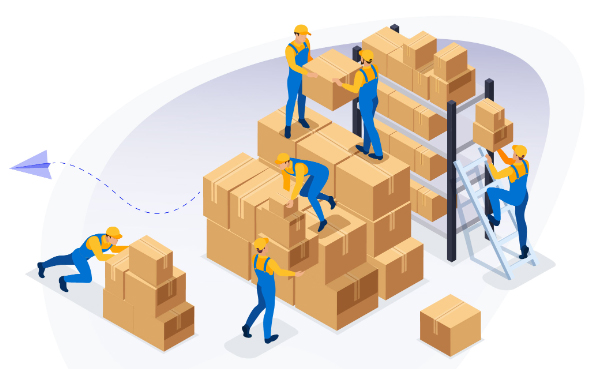|
Nestle, the company behind many popular food and drink brands, faced a tricky problem. Sometimes they had too much stock, which led to waste. Other times, they didn't have enough, disappointing customers who couldn't find what they wanted. It's like trying to guess how many snacks to buy for a party – not easy when you're doing it for millions of people!
To solve this, Nestle turned to a smart computer system. This system is like a super-powered crystal ball. It looks at lots of information – past sales, what's trending on social media, even the weather – to predict what customers will want to buy in the future.

Here's how it works:
1- Gathering Information: The system collects all sorts of data, from how much chocolate was sold last Easter to what people are saying about new flavors on Twitter.
2 - Spotting Patterns: It then looks for patterns in this information. For example, it might notice that hot chocolate sales go up when the weather gets cold.
3 - Making Predictions: Using these patterns, the system predicts how much of each product Nestle should make.
4 - Staying Flexible: The system can also imagine different situations, like a heat wave or a new competitor, and suggest how Nestle should prepare.
5 - Working Together: Nestle shares this information with its suppliers, so everyone in the chain from factory to shop shelf is on the same page.
6 - Always Improving: The system keeps learning and getting better at its predictions over time.
The result - Nestle can now make sure it has just the right amount of each product ready. This means less waste, which is good for the environment and helps keep prices down. It also means you're more likely to find your favorite Nestle treats when you want them.
Here are few examples of manufacturing companies in the MENA (Middle East and North Africa) region that have reportedly implemented similar AI-driven inventory and supply chain management systems:
Almarai (Saudi Arabia):
As one of the largest dairy companies in the Middle East, Almarai has reportedly invested in AI and machine learning technologies to optimize its supply chain and inventory management.
Savola Group (Saudi Arabia):
This food manufacturing and retail company has been known to implement advanced analytics and AI solutions for demand forecasting and inventory optimization.
Emirates Global Aluminium (UAE):
While not in the food industry, EGA has implemented AI and machine learning in its manufacturing processes, including supply chain management.
Julphar Gulf Pharmaceutical Industries (UAE):
This pharmaceutical company has been reported to use advanced analytics for demand forecasting and inventory management.
Americana Group (Kuwait):
As a major food manufacturing and distribution company operating across the MENA region, Americana has likely implemented similar AI-driven solutions for its complex supply chain.
Majid Al Futtaim (UAE):
Although primarily a retail and leisure company, they have a significant manufacturing arm and have been known to invest in AI and data analytics for various operations, including inventory management.
Arla Foods (Denmark/MENA operations):
While headquartered in Denmark, Arla has significant operations in the MENA region and has been implementing AI and machine learning in its global supply chain management.
Implementing a comprehensive AI-driven inventory management system could range from:
For large enterprises:
Low end: $500,000 to $1 million
High end: $5 million to $20 million or more
For medium-sized businesses, the range might be:
Low end: $100,000 to $500,000
High end: $1 million to $5 million
For smaller businesses or more limited implementations:
Low end: $50,000 to $100,000
High end: $100,000 to $500,000
In General, ROI Estimate for a Small Company:
Percentage ROI: 100% to 300% within the first year
Time Required to Achieve ROI: 6 to 18 months
Posted on: Aug 19 2024
|